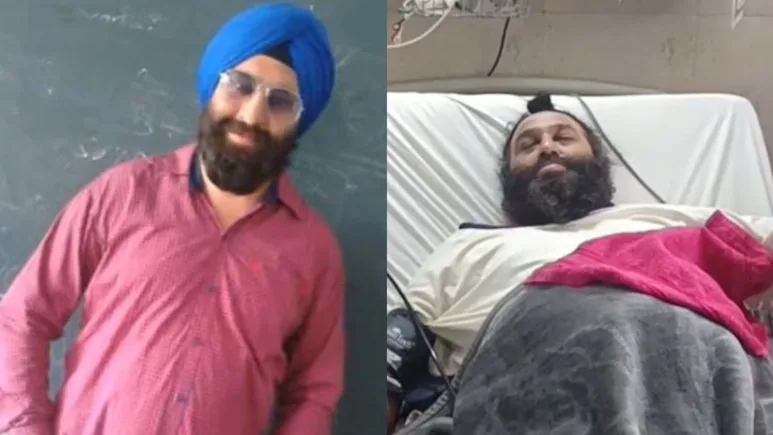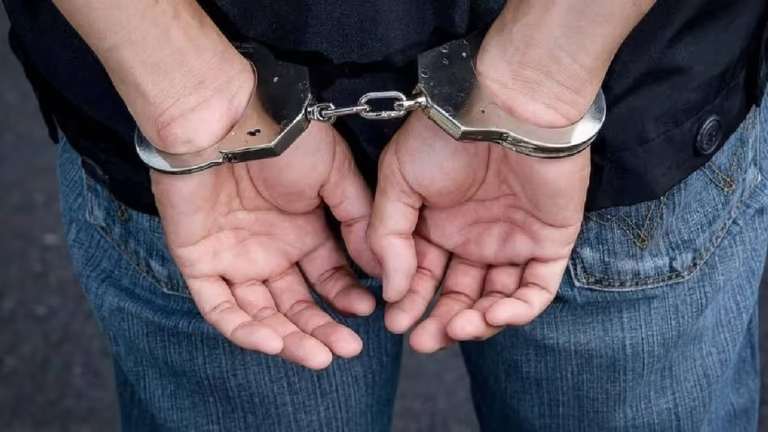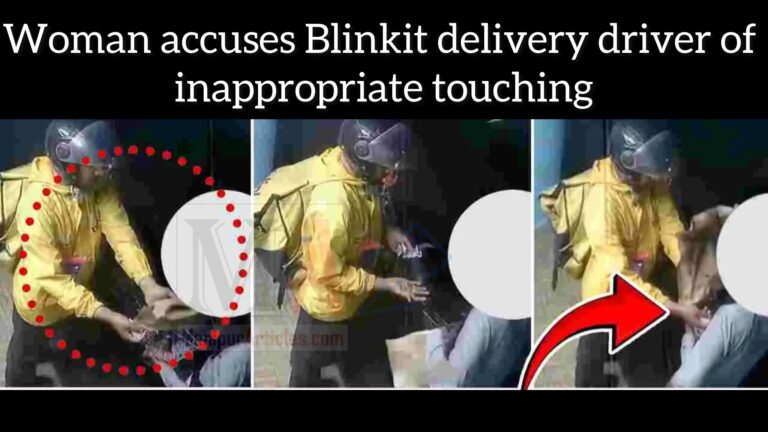Class 9 Boy Shoots Teacher After Being Slapped — A Deep Dive into What Happened?
A Class 9 student at a private school in Kashipur (Udham Singh Nagar), Uttarakhand, opened fire on his physics teacher after allegedly being slapped and scolded days earlier. The student had hidden a country-made pistol inside his lunch/tiffin box and fired during class; the teacher, Gangandeep Singh Kohli, was shot in the back, rushed to a private hospital, underwent emergency surgery and is reportedly in stable condition. Police have detained the minor and the case is under investigation; authorities are probing how the weapon entered the school and whether prior disciplinary action contributed to the incident.
This long read unpacks the Kashipur incident, places it in wider context, explains the legal and policy implications, and offers practical, humane steps schools can take immediately. I’ll keep it conversational — because these are human problems that need plain solutions.
What we know so far
- A Class 9 boy smuggled a pistol inside his tiffin/lunch box and shot his physics teacher, Gangandeep Singh Kohli, during a mid-morning session in Kashipur, Udham Singh Nagar, Uttarakhand. The teacher was hit in the back and taken for emergency surgery; his condition has been reported as stable.
- Police reports and media coverage indicate the student had been scolded and reportedly slapped by the teacher days earlier, which investigators are treating as a possible immediate trigger for the attack.
- The weapon was reportedly a country-made pistol (katta) — a type of unlicensed, improvised firearm commonly recovered in local crimes — concealed in the student’s lunchbox. The minor has been detained; the probe will look into weapon source and any accomplices.
Understanding the sequence helps clarify where safety failed and where fixes belong:
- Days before: Teacher allegedly scolds/slaps the student (reported by some outlets and neighbours). Investigators are verifying these claims via statements and CCTV.
- Morning of the attack: The student attends school carrying a lunch box that concealed a country-made pistol. During class or after a break, he fires at the teacher.
- Aftermath: The teacher is rushed to hospital and undergoes emergency surgery; police detain the student, seize the weapon, and launch a probe into how the gun reached the campus. School authorities and district education officials typically issue immediate internal inquiries in parallel.
This sequence highlights two failure points: (a) prevention — how did a weapon get into school? and (b) early detection — were there warning signs that might have been acted upon?
FAQs —
1) Will the student be tried as an adult?
Not automatically. Because the accused is a minor, the Juvenile Justice Act procedures will apply. However, juveniles aged 16–18 may be tried as adults for heinous offences after evaluation by the Juvenile Justice Board. The final legal pathway depends on the Board’s assessment and the evidence.
2) Can schools legally do bag checks and metal detection?
Yes — many boards and local authorities allow reasonable security checks (bag checks, visitor logs, CCTV) as part of safety protocols, but schools must follow guidelines and ensure checks are non-discriminatory and respect students’ dignity. Seek legal guidance for intrusive measures
3) What should parents do if they suspect their child has access to a weapon?
Act immediately: secure firearms at home, inform local police if a weapon is illegal, and seek counselling for your child. Don’t delay — removing access to weapons is the single most effective prevention step.
4) Do CCTV cameras actually help prevent such incidents?
CCTV is effective for detection, evidence and deterrence, especially in corridors and entrances. But cameras alone don’t prevent violence — they must be part of a broader system that includes trained staff, reporting channels and rapid response plans.
5) How can teachers discipline without humiliating students?
Use restorative practices: private conversations, corrective assignments that teach responsibility, mediated apologies, and counselling referrals. Avoid public shaming or corporal punishment; they only escalate resentment. Schools should have written discipline policies and staff training on non-violent methods.





